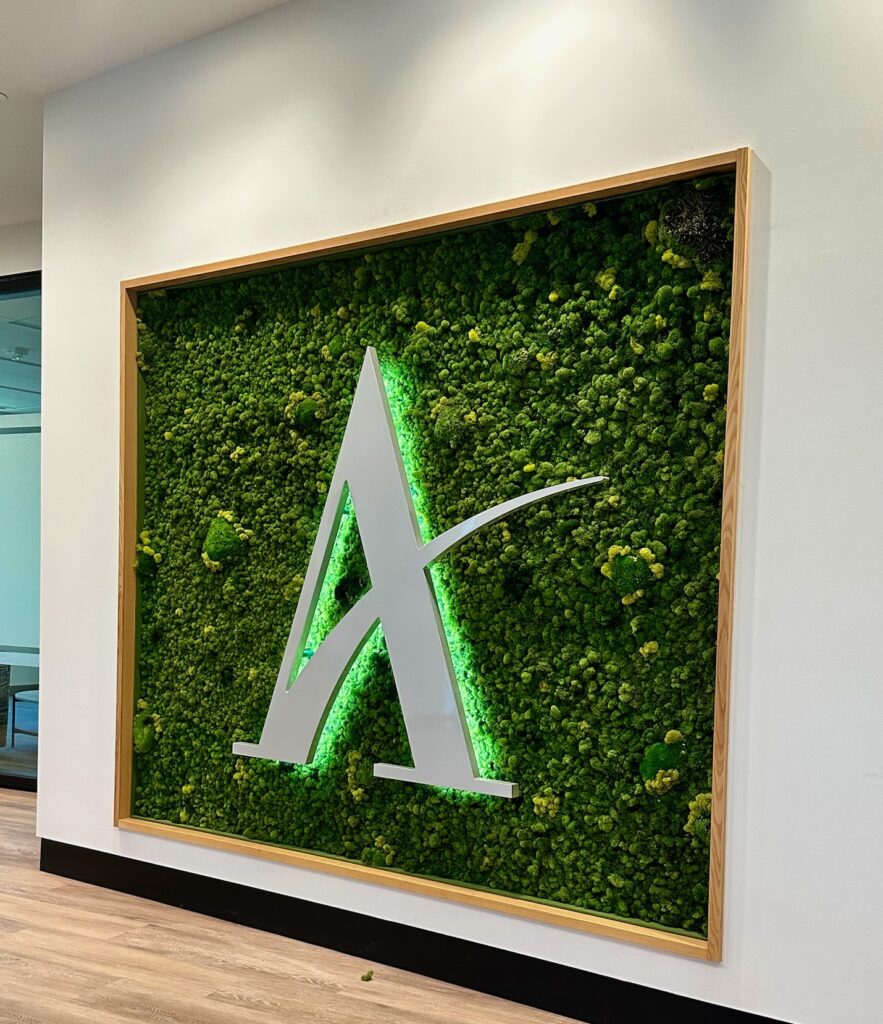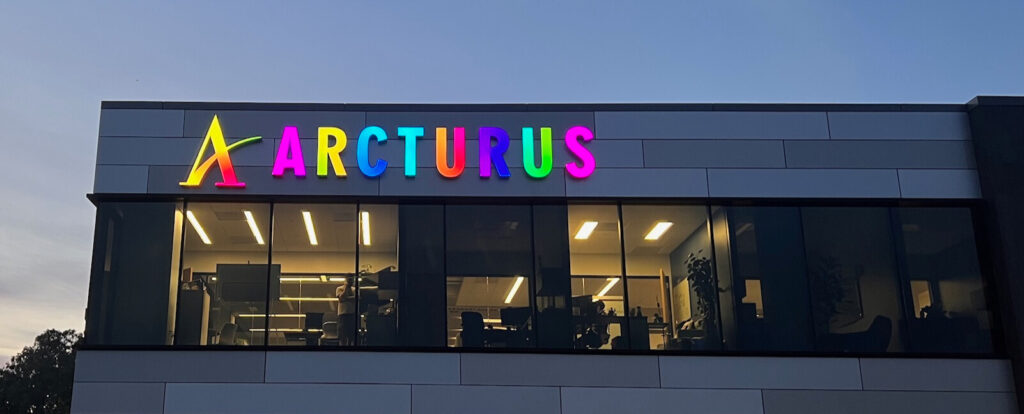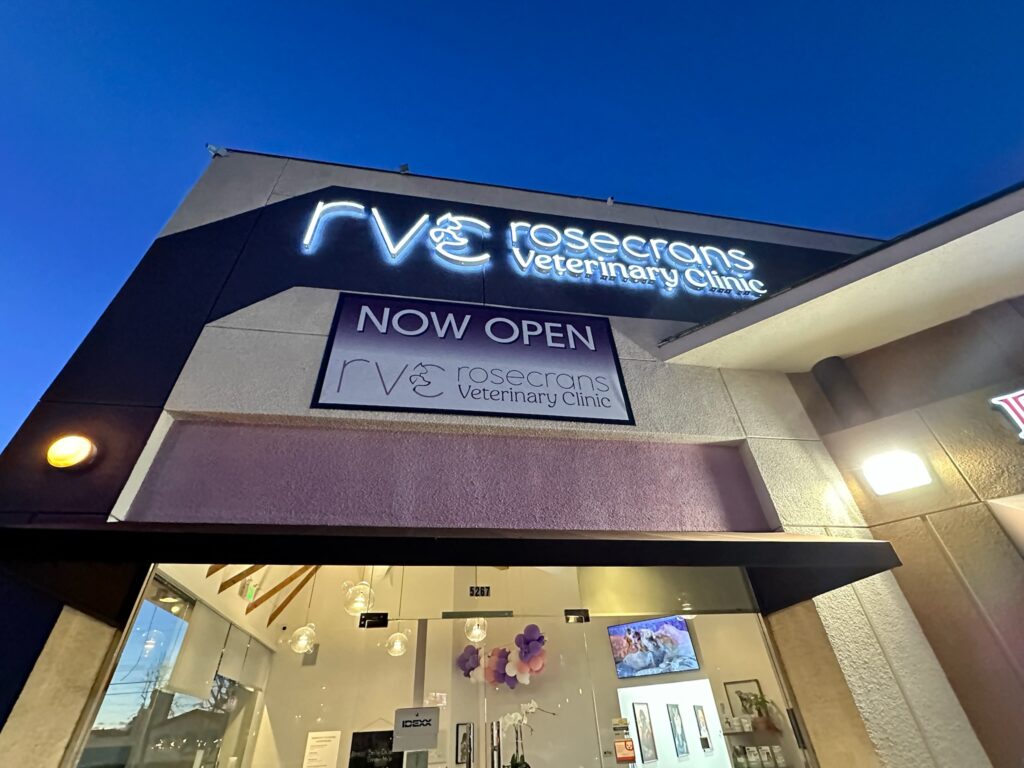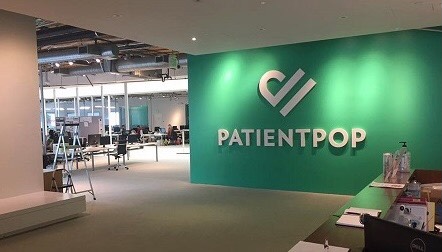Architectural lighting plays a pivotal role in shaping our experiences within a space. It goes beyond mere functionality; it’s an art form that enhances aesthetic appeal, influences mood, and can significantly amplify branding efforts. As technology evolves, so do the opportunities for architects and designers to integrate innovative lighting solutions that push the boundaries of traditional design. This article delves into the latest trends in architectural lighting, focusing on accentuation for branding and design and why professionals in the field must adopt these innovations in their projects.
The Evolving Role of Architectural Lighting
Historically, the primary purpose of architectural lighting was to ensure sufficient illumination for safety and visibility. However, today’s lighting solutions offer much more.

Modern architectural lighting creates environments that evoke emotions, highlight architectural details, and reinforce brand identity. It’s about using light as a strategic tool to make spaces memorable and engaging.
The Importance of Lighting in Branding
Branding is not just limited to logos and color schemes; it extends into a business’s physical space. The strategic use of lighting can reinforce a brand’s identity and leave a lasting impression on visitors. For instance, a carefully lit entrance with a brand’s colors can enhance recognition and create a welcoming atmosphere. Similarly, innovative lighting can highlight products in a retail store or create a productive ambiance in an office.
New Ideas for Accent Lighting in Architectural Design

- Dynamic Color Changing LEDs: One of the most significant advancements in lighting technology is the development of LEDs that can change colors and intensity. This flexibility allows designers to use light dynamically to match the time of day, season, or specific events, aligning the lighting with the brand’s current promotional themes or campaigns.
- Integrated Architectural Elements: Modern lighting techniques involve integrating light directly into building materials, such as illuminated walls, floors, or even furniture. This integration helps create a seamless aesthetic that feels both futuristic and stylish, making the brand appear innovative and cutting-edge.
- Projection-Mapping: Once reserved for large public spectacles or concerts, projection mapping finds its way into architectural lighting. It allows for projecting intricate graphics or changing scenes onto the facades of buildings. This can be particularly effective for storefronts or corporate headquarters, offering a dynamic canvas to express brand stories or messages.
- Customizable Lighting Systems: New lighting systems offer enhanced controllability and customization, enabling users to adjust settings via smartphone apps or integrated building management systems. This adaptability is vital for brands that want flexibility in presenting themselves, allowing them to alter lighting based on specific branding needs.
- Sustainable Lighting Solutions: With an increasing focus on sustainability, there is a push towards using energy-efficient lighting that reduces a building’s carbon footprint. Sustainable lighting is not just a utility or cost-saving measure; it’s a statement about a brand’s commitment to environmental responsibility, appealing to eco-conscious consumers.
The Role of Lighting in Sign Design

Signs are often the first interaction a person has with a space, serving as both navigational aids and as the initial conveyors of a brand’s identity.
Incorporating innovative lighting techniques is not only essential for general architectural design but also critical in the specific area of sign design. For architects and designers, the integration of lighting into signage offers a dual benefit: it enhances the functionality of the signs by ensuring they are visible and legible in various lighting conditions, and it elevates the aesthetic appeal, aligning the signs with the broader architectural vision. By using lighting strategically in sign design, architects and designers can create a cohesive and immersive brand experience from the moment someone enters a space. This approach not only reinforces the brand’s visual identity but also ensures that the signage complements the architectural integrity of the environment, making lighting an indispensable tool in the arsenal of modern design practices.
Tyler Curtis, President of Stanco Signage, on the Future of Lighting in Design:
“Lighting is not just a component of design; it’s a driving force,” says Tyler Curtis, President of Stanco Signage. “With the development of new technologies, we now can use lighting in ways that were unimaginable a decade ago. For architects and designers, this is an exciting time. These innovative lighting ideas enhance a space’s aesthetic appeal and significantly boosts a brand’s presence. Our goal is to help designers understand and harness the potential of modern lighting to create spaces that are not only visually stunning but also align perfectly with brand values and goals.”
Why Designers Must Embrace New Lighting Techniques
Architects and designers must stay updated with the latest lighting technologies and trends. The architectural landscape is highly competitive, and the ability to offer innovative solutions can set a project apart. Incorporating advanced lighting techniques into designs can also demonstrate a commitment to sustainability, innovation, and user-centric design—all highly valued in today’s market.
Moreover, understanding these new lighting ideas enables designers to offer their clients more than just design solutions;

they provide a strategic tool that enhances branding and customer engagement.A well-thought-out lighting design can transform ordinary spaces into spectacular ones, making the brand memorable and enhancing customer experiences.
As architectural lighting continues to evolve, its role in branding and design becomes increasingly significant. The new ideas emerging in the industry offer exciting possibilities for creating functional and beautiful spaces that serve as powerful branding tools. For architects and designers, integrating these innovative lighting solutions into their projects is not just an option; staying relevant and competitive in a rapidly changing industry is necessary. By embracing these trends, they can create environments that reflect the values and aspirations of the brands they represent, crafting spaces that resonate with visitors and leave a lasting impact.

